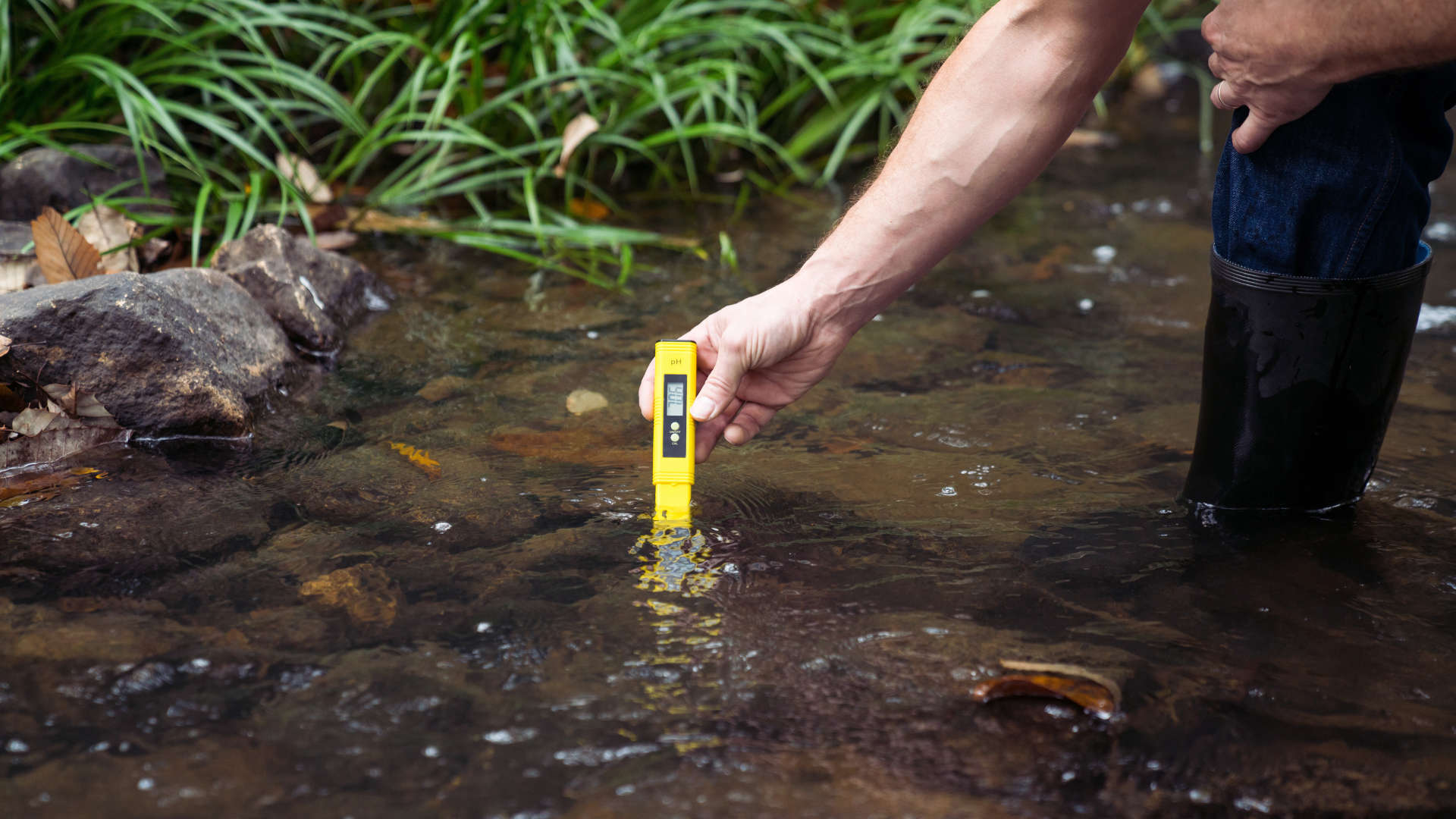
In an era where environmental concerns are paramount, technology plays a crucial role in monitoring and understanding the changes occurring in our ecosystems. Through innovations such as satellite imagery, sensor networks, and data analytics, society can accurately track environmental shifts and make informed decisions that address climate change. This integration of technology not only aids in identifying trends but also enhances our ability to respond effectively to environmental challenges.
The utilisation of tools like remote sensing and geographic information systems (GIS) has revolutionised how data about the environment is collected and analysed. With real-time data, researchers and policymakers can identify areas at risk, assess the impact of human activities, and implement strategies to mitigate damage. This technological advancement empowers communities and governments to act decisively against the pressing issues of climate change.
As the world grapples with the consequences of environmental degradation, harnessing technology offers a beacon of hope. By leveraging these tools, society can foster a more sustainable future, ensuring the health of the planet for generations to come.
Technological Advancements in Environmental Monitoring
Modern advancements in technology play a pivotal role in monitoring environmental changes. Techniques such as remote sensing and the application of artificial intelligence have greatly improved the ability to collect and analyse data effectively.
Remote Sensing Technology
Remote sensing technology involves gathering data about the Earth from a distance, primarily through satellites. Satellite imagery provides detailed visuals that help monitor land use changes, deforestation, and urban development.
Key elements of remote sensing include:
- Multispectral Imaging: Captures data across various wavelengths to assess vegetation health and land cover.
- Radar Remote Sensing: Offers insights into topography and surface moisture levels, even under cloudy conditions.
This technology enables real-time data collection, which is crucial for tracking environmental changes promptly. Researchers can analyse vast areas efficiently, allowing for informed decision-making and timely responses to environmental issues.
Artificial Intelligence and Data Analysis
Artificial intelligence (AI) enhances the capability to process and interpret environmental data. Machine learning algorithms can identify patterns and anomalies in data sets that human analysis might overlook.
Applications of AI in environmental monitoring include:
- Predictive Modelling: Anticipates environmental changes based on historical data and trends.
- Automated Data Processing: Streamlines data from various sources, ensuring accurate and timely insights.
Through these methods, AI not only aids in real-time monitoring but also improves the accuracy of environmental assessments. These advancements enhance the understanding of ecological dynamics and support sustainable management practices.
Impacts on Sectors Influencing Environmental Changes
Various sectors play a crucial role in shaping environmental changes, with technology enhancing their ability to monitor and mitigate impacts. This section explores how the energy industry, agriculture, and business practices influence environmental sustainability.
Energy Industry and Sustainable Development
The energy sector significantly contributes to environmental changes through fossil fuel consumption and greenhouse gas emissions. However, the shift towards renewable energy sources, such as wind turbines, is transforming this landscape.
Technological advancements enable the efficient assessment of energy demands and resource availability. Smart grids utilise real-time data to optimise energy distribution, reducing waste and supporting sustainable development. Furthermore, energy companies are increasingly using satellite technology to monitor emissions and their ecological impact, facilitating informed decisions that align with sustainability goals.
Agriculture and Resource Management
Agricultural practices greatly influence environmental health. Precision farming, driven by technology such as GPS and IoT sensors, allows farmers to optimise resource usage. This method supports efficient water management and reduces chemical runoff, which is essential for ecosystem preservation.
Farmers can track soil health and crop performance through remote sensing, leading to higher yields with reduced inputs. This not only advances agricultural sustainability but also minimises the environmental footprint of food production.
Business and Trade Influences
Business and trade are integral to environmental change, especially concerning resource utilisation and supply chain management. The integration of sustainability practices in corporate strategies is becoming prevalent.
Many companies now assess their carbon footprints and employ sustainable sourcing to lower environmental impacts. Technology aids in tracking products from origin to consumer, ensuring transparency and accountability. Additionally, businesses are adopting circular economy principles, which aim to reduce waste and enhance resource efficiency, positively impacting the environment.
Environmental Change and Societal Outcomes
Environmental changes affect various aspects of society, influencing ecosystems, public health, and economic development. Understanding these connections is crucial for developing effective responses to environmental challenges.
Ecosystems and Biodiversity
Environmental changes significantly disrupt ecosystems and biodiversity. Alterations in climate patterns, land use, and pollution can lead to habitat loss and species extinction. For example, deforestation not only reduces biodiversity but also destabilises local climates, affecting both flora and fauna.
Tropical rainforests are among the most affected, with their destruction endangering countless species. Monitoring technology, such as satellite imagery, helps track these changes, enabling conservation efforts. Effective tracking provides the data necessary for predicting future biodiversity loss and implementing protective measures.
Public Health and Education
Changes in the environment directly impact public health. Increased air pollution and temperature fluctuations contribute to respiratory illnesses and heat-related conditions. Vulnerable populations, especially in urban areas, are often disproportionately affected.
Education plays a vital role in raising awareness and equipping communities with knowledge about these health risks. Programs focusing on environmental health can lead to improved public health outcomes. Efforts to educate communities about sustainable practices can also minimise negative health impacts linked to environmental change.
Economic Development and Industry
Economic development is closely tied to environmental stability. Industries reliant on natural resources, such as agriculture and fisheries, face challenges when ecosystems are compromised. Reduced biodiversity and habitat degradation can lead to economic losses for these sectors.
The rise of green technologies presents opportunities for sustainable development. Industries that adapt by adopting eco-friendly practices can mitigate negative impacts on the environment. Tracking these industry changes helps policymakers understand economic trends and guide strategic planning. Addressing misinformation about environmental issues also plays a critical role in ensuring informed decisions that foster sustainable development.
